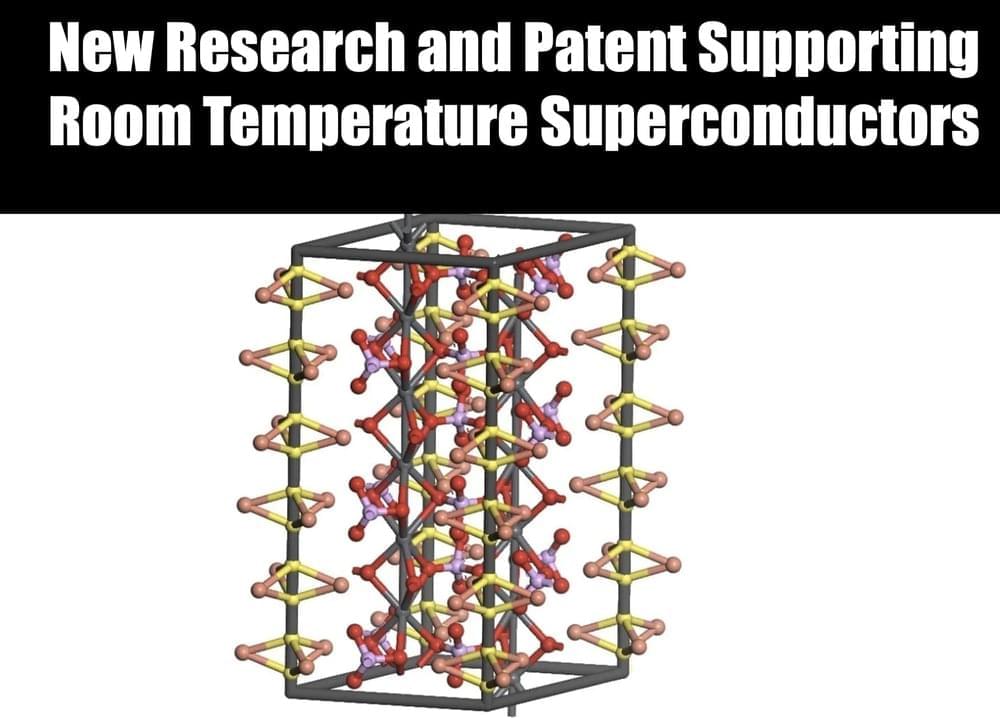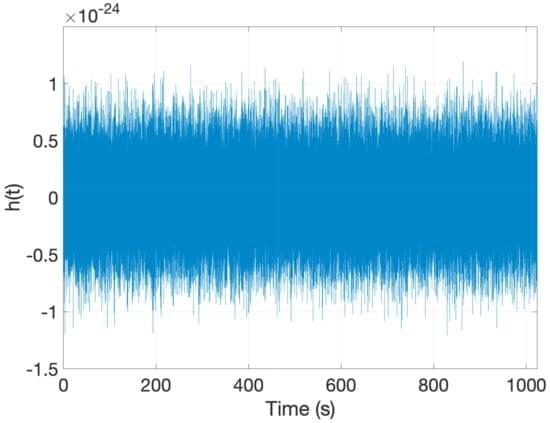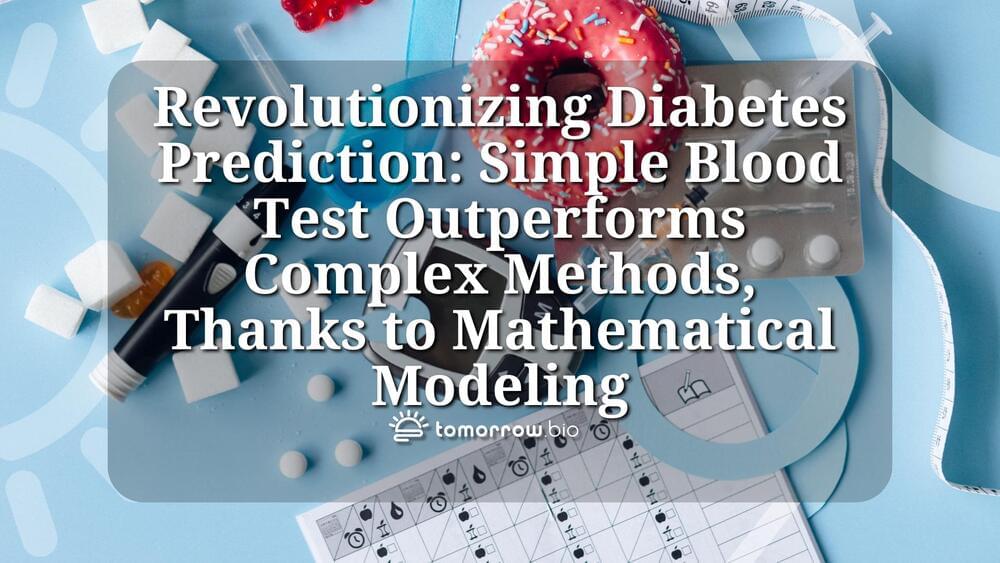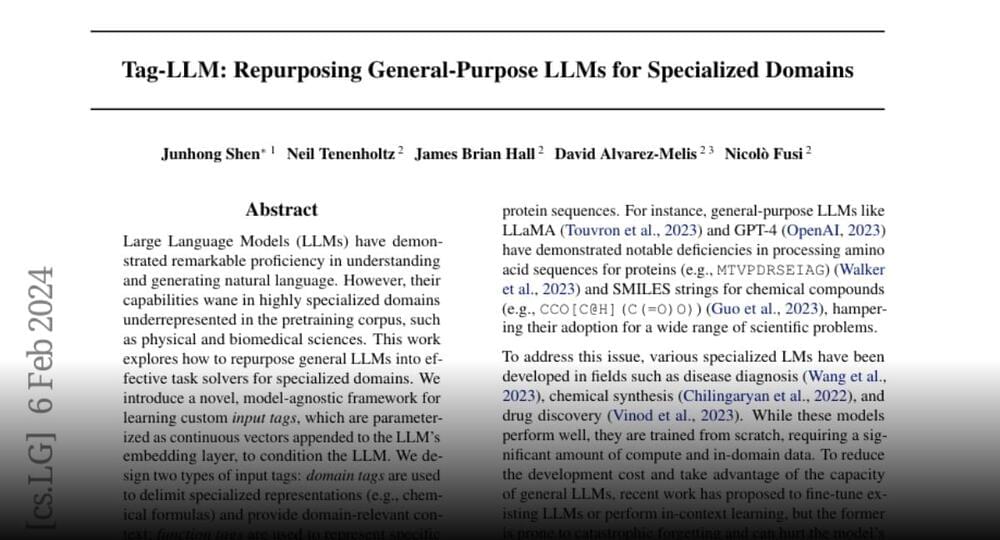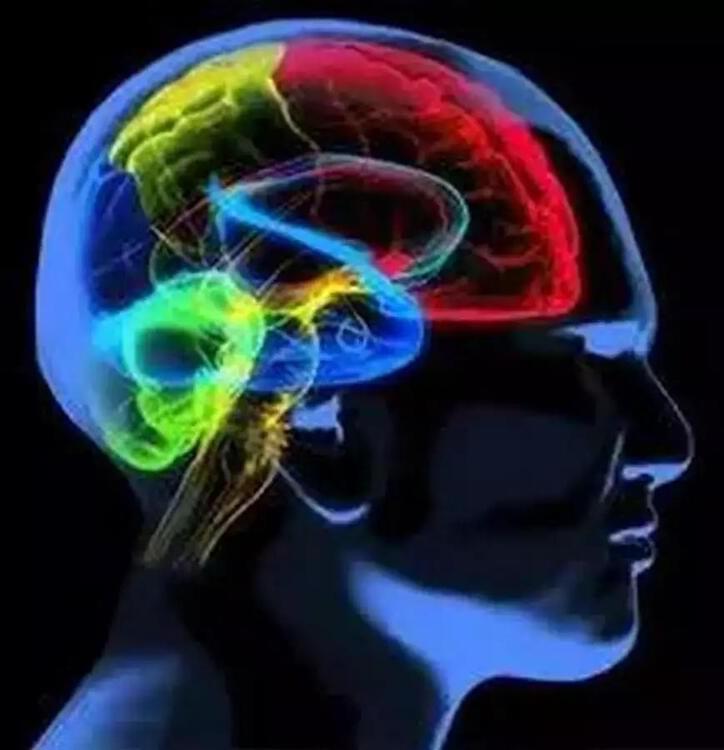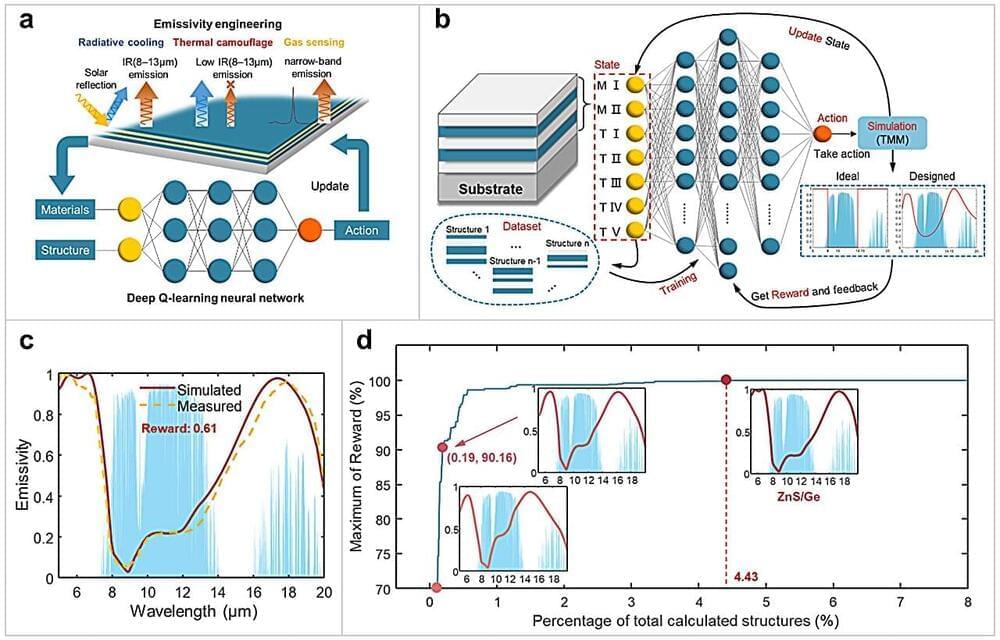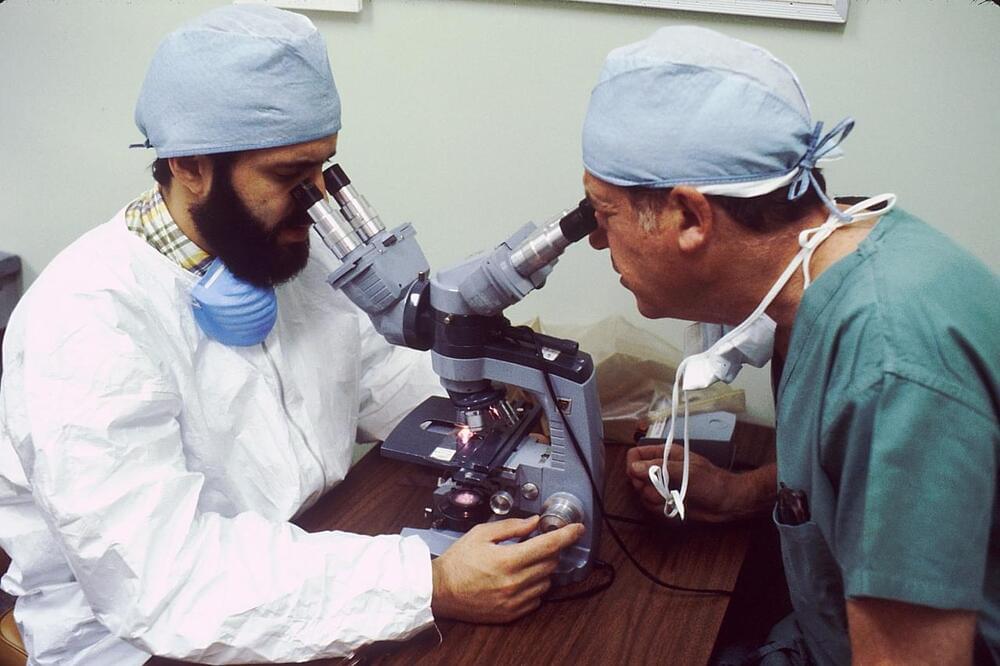A LK99 researcher from Hubei, China, said that his paper might not be released before the Lunar New Year because of patent issues, announced the main findings of the paper, which detected three specific magnetic pointing superconductivity in the samples. He also described improved synthesis methods.
The LK99 researcher from Hubei, China, who said that the paper might not be released before the Lunar New Year because of patent issues, announced the main findings of the paper, which detected three specific magnetic pointing superconductivity in the samples. pic.twitter.com/7ytSWO0zN2
— peoplewar2 (@REDLFLAG) February 1, 2024
